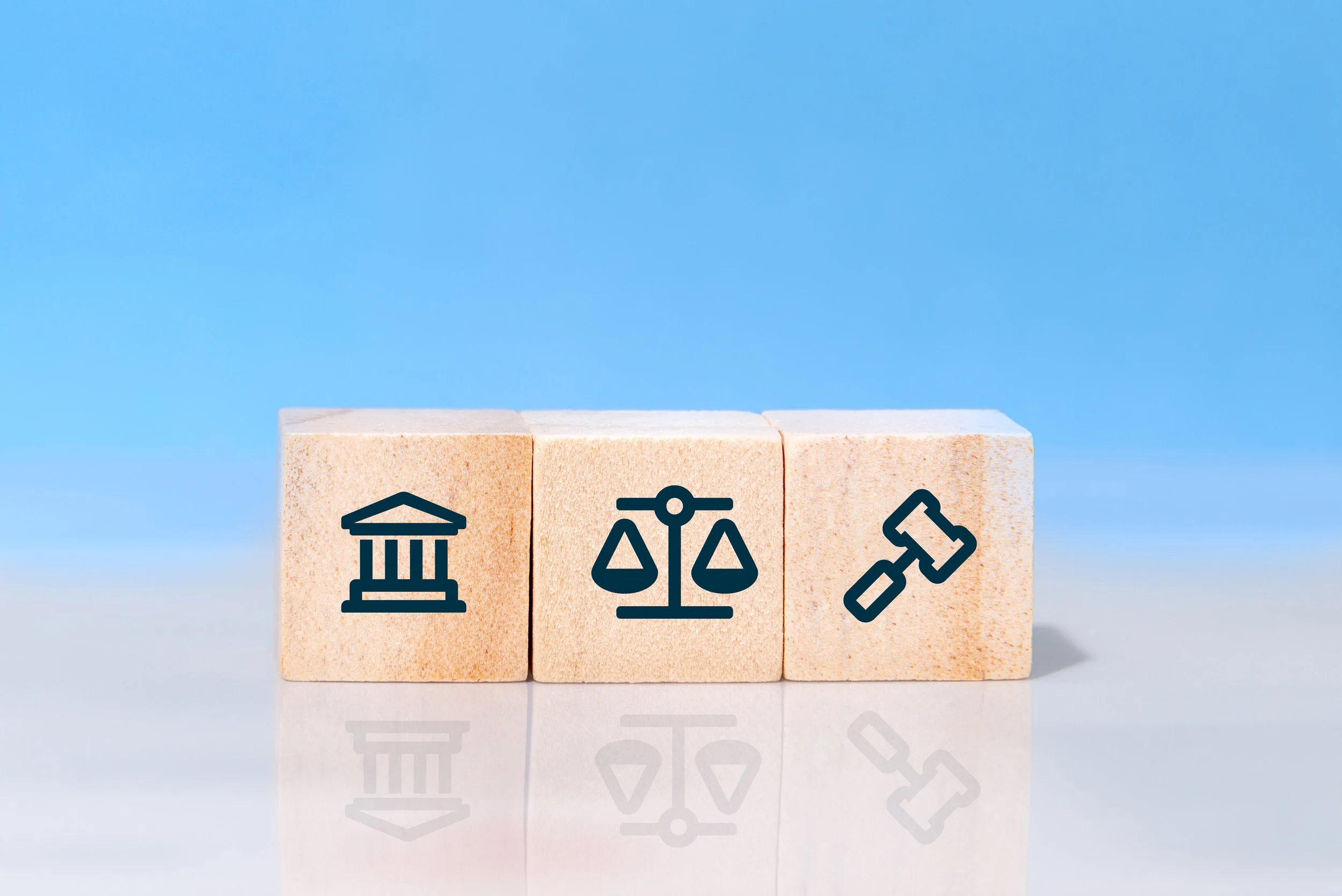“May I speak with you?”
Léonce looks up to see Izumi, his coworker in the business’s legal department, standing at his desk. “Uh… yes?” he says after a pause. “Lunch is in 15 minutes, if that works?”
Izumi nods, returning to her cubicle across the hall. 15 minutes passes in no time, and all the while Léonce wonders what she wants to speak with him about. None of their assignments really overlap, as far as he can recall, but maybe there’s some new project he just doesn’t know about yet?
Léonce joins Izumi at one of the corner tables in the break lounge. “Is everything alright?” he asks, and Izumi tilts her head.
“Yes. Sort of.” She sighs. “I just wanted to tell you that the… ‘joke’ you made the other day, about Asians and hard-to-pronounce names—I don’t think it was appropriate.”
“Oh. Oh, that.” Léonce fights back a wince. Dang. Had he hurt her or anyone else with that joke? He hadn’t meant to be rude—really, it was all in good fun.
Record scratch, freeze frame.
Hi folks! I think what we’ve got here is a learning experience! Léonce is coming to the realization that he unwittingly perpetrated a microaggression: he made a racially based “joke” that was crude, rude, and in poor taste. Does this mean Léonce is the most horrendous person to ever walk this planet? Of course not! In our journey to becoming more inclusive, respectful individuals, we will all slip up, be it making a “joke” that perpetuates hurtful stereotypes or simply not realizing the impact of our own privilege. So, what can we—and Léonce—do when someone comes to us and shares that they were hurt by a microaggression we perpetrated? Let’s walk through seven key steps:
1. Listen and Validate:
When someone shares these important feelings with us, we should give that person our full attention and actively listen to their perspective without interrupting or becoming defensive. Additionally, it is crucial that we validate their feelings and moreover acknowledge the impact our words or actions had on them. Even if our intent was not to hurt anyone, intent doesn’t erase impact. They were hurt by our words, and we should recognize that harm.
Léonce nods to Izumi. “Thank you for sharing this with me. I appreciate your honesty, and I’m sorry that my words hurt you.”
2. Apologize and Take Responsibility:
Active listening means holding ourselves accountable, starting with a genuine apology for the harm we may have caused. Importantly, taking responsibility means doing so without making excuses or minimizing the feelings of the person who has chosen to be open with us. A good idea is to use “I” statements, as doing so encourages us to be more direct in acknowledging our own agency and fault in causing harm, regardless of our intent.
“And I want to apologize for making that joke,” Léonce continues. “Like you said, it was insensitive and inappropriate. I shouldn’t even call it a joke. It was just rude of me, and I’m truly sorry.”
Izumi stares at him, then nods. “I appreciate your apology.”
3. Reflect and Learn:
From there, I find it important that we express our commitment to growing and learning from the experience. We might share our intention to reflect on our behavior, to further grapple with the impact of our words, and to make changes moving forward. Additionally, we can assure the person that we value their perspective and intend to take their feedback seriously.
Léonce struggles to articulate that he appreciates Izumi confronting him about his words. In particular, he fears coming off as a bit pretentious. Finally, he lands on the following: “I think it goes without saying that I won’t make that ‘joke’ again. But I’m also going to be more mindful of any other jokes I say in the future, too.”
His words are a little clunky, he’ll be the first to admit. But Léonce means what he’s saying—he really does. And he thinks Izumi knows it, too, as a hint of relief seems to flicker across her features, tension slowly draining from her shoulders.
4. Ask for Further Clarification (if needed):
It is always beneficial to ask for clarification to gain a deeper understanding of the specific microaggressions that occurred. Seeking clarification allows us to ensure we fully comprehend the person’s perspective and can avoid similar mistakes. I want to emphasize, though, that we must be mindful of others’ comfort levels and boundaries in discussing the topic further. If they seem uncomfortable, then you may want to stop! Thanks to the internet, a plethora of research is at our fingertips that we can always dive into on our own time.
Léonce is tempted to ask Izumi for the specifics regarding the issues with his “joke,” but to some extent, he can admit these issues are obvious. Even if they weren’t, now does not feel like the time or place to request this opinion from his coworker. He’ll do some research of his own tonight, he decides, instead of putting the onus of explanation onto Izumi.
5. Avoid Being Defensive:
When we are confronted with the negative impact of our words, it is perfectly normal—natural, even!—to feel defensive. In turn, the key is to a) recognize the possibility of defensiveness and b) focus on being intentionally open during the conversation. For example, we should avoid making excuses or trying to explain “what we really meant,” as this type of behavior is more likely to invalidate the other person’s feelings. Remain attentive to the matter-of-fact: the experience itself and the direct impact of our words and actions.
“Thank you for being so open about this,” Izumi says after a pause. “I tried to have a similar conversation with… well, with someone I don’t want to name the other day about a ‘joke’ they made, and…” She winces. “It did not go smoothly.”
Léonce finds himself grimacing in sympathy. “Ouch. What happened?”
She sighs. “He just… kept insisting he didn’t mean anything by it and that I shouldn’t have taken his words so seriously. That sort of thing.”
Léonce nods. “I’m sorry that happened.”
Izumi shrugs. “Some people don’t want to change. It’s not my job to force them.”
6. Reflect and Make Changes: On our own time, we should reflect on our own biases, beliefs, and behaviors. This reflection might involve considering how we can educate ourselves and actively work on unlearning harmful patterns and prejudices. By seeking out and participating in opportunities for personal growth and education, we are more likely to prevent the perpetuation of microaggressions in the future.
“You’re spot on there,” Léonce says. “And the same applies to me. You aren’t my teacher. It’s my responsibility to do better in the future.”
Izumi chuckles. “It is. But I’m still grateful you listened.”
7. Follow-Up and Rebuild Trust: After the initial conversation, it doesn’t hurt for us to follow up with the person who made themself vulnerable to us. We might check in on their well-being, see if there is anything else they would like to discuss, find out if they have any suggestions for moving forward. Rebuilding trust can take time, so it is of the utmost importance we are patient and consistent in demonstrating positive change.
Izumi checks the time on her phone. “I have to run, but thank you again for letting me speak with you.”
“No, thank you for coming to me,” Léonce says. “I’m the one who needs to do better here!” He pauses, then offers, “Next week—would you be open to having lunch together again? I’d be interested in talking about all of this more. To be sure I am actually doing better.”
Izumi responds with a small smile. “Sure,. I’ll let you know what my schedule looks like.”
Léonce can only chuckle and nod, and soon Izumi leaves the lounge and disappears down a side hall.
A successful conversation, Léonce decides. One that has left him with a lot to think about. And truth be told? He couldn’t feel more grateful.
When it comes down to it, the most important part of acknowledging our role in perpetrating microaggressions is genuinely listening, taking responsibility, apologizing, and committing to making change—both in ourselves and in our broader environment. After all, it takes effort and ongoing growth to unlearn harmful patterns, but through our actions, we can demonstrate that we are actively working towards a more inclusive, more respectful world.
Dima Ghawi is the founder of a global talent development company with a primary mission for advancing individuals in leadership. Through keynote speeches, training programs and executive coaching, Dima has empowered thousands of professionals across the globe to expand their leadership potential. In addition, she provides guidance to business executives to develop diversity, equity, and inclusion strategies and to implement a multi-year plan for advancing quality leaders from within the organization.
Reach her at DimaGhawi.com and BreakingVases.com.





















